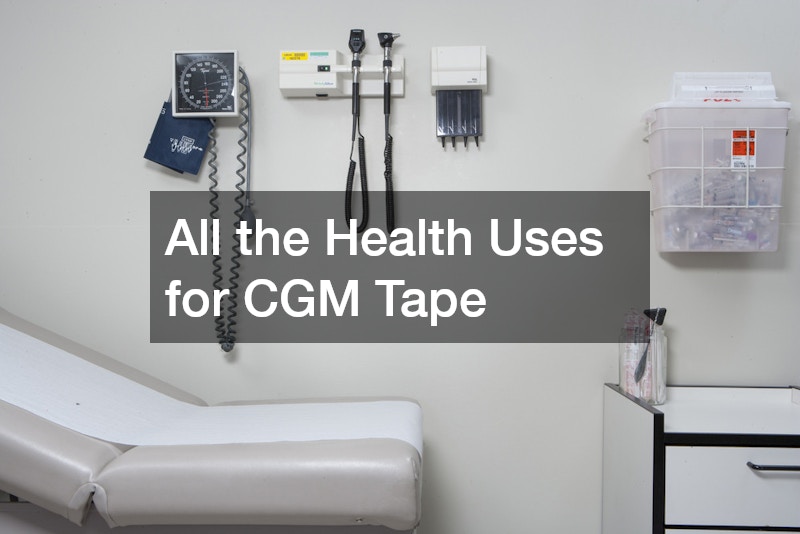
The wheel alignment process is a critical aspect of vehicle maintenance that ensures optimal performance, safety, and longevity of your tires and suspension components. It involves adjusting the angles of the wheels to manufacturer specifications to ensure proper alignment with each other and the vehicle’s frame.
Firstly, the process begins with a thorough inspection of the vehicle’s suspension and steering components to identify any signs of wear, damage, or misalignment. This may include checking tire wear patterns, measuring camber, caster, and toe angles, and inspecting suspension bushings and steering linkage.
Next, specialized alignment equipment is used to measure and adjust the angles of the wheels based on the vehicle manufacturer’s specifications. This may involve adjusting the camber, caster, and toe angles to ensure proper tire contact with the road surface and minimal tire wear.
The technician carefully adjusts the alignment angles using precision equipment and makes necessary adjustments to suspension components such as tie rods, control arms, and strut mounts to achieve proper alignment.
Once the alignment process is complete, the technician performs a final inspection to ensure that all alignment angles are within tolerance and meet manufacturer specifications. Test-driving the vehicle may also be necessary to confirm proper alignment and handling characteristics.
Regular wheel alignments are essential for maintaining vehicle safety, improving fuel efficiency, and maximizing tire life. By investing in professional wheel alignment services, you can ensure optimal performance and safety of your vehicle on the road.





